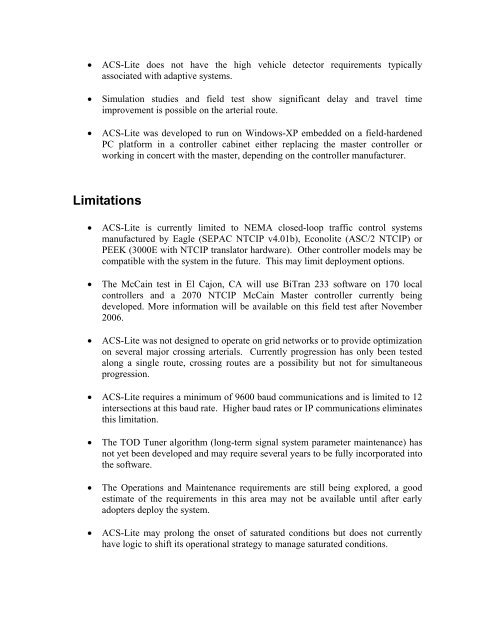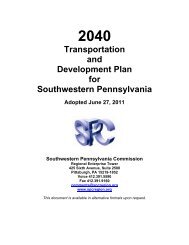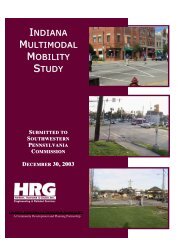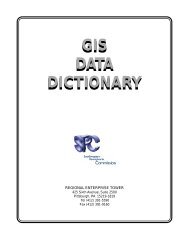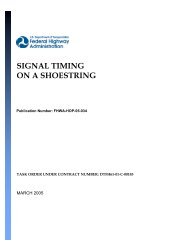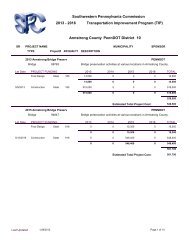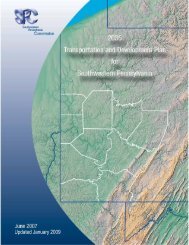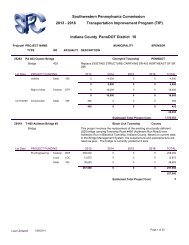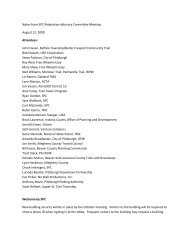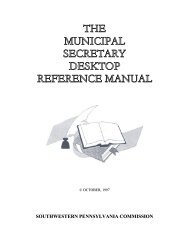Adaptive Control Software – Lite (ACS-Lite) Implementation Template
Adaptive Control Software – Lite (ACS-Lite) Implementation Template
Adaptive Control Software – Lite (ACS-Lite) Implementation Template
Create successful ePaper yourself
Turn your PDF publications into a flip-book with our unique Google optimized e-Paper software.
• <strong>ACS</strong>-<strong>Lite</strong> does not have the high vehicle detector requirements typically<br />
associated with adaptive systems.<br />
• Simulation studies and field test show significant delay and travel time<br />
improvement is possible on the arterial route.<br />
• <strong>ACS</strong>-<strong>Lite</strong> was developed to run on Windows-XP embedded on a field-hardened<br />
PC platform in a controller cabinet either replacing the master controller or<br />
working in concert with the master, depending on the controller manufacturer.<br />
Limitations<br />
• <strong>ACS</strong>-<strong>Lite</strong> is currently limited to NEMA closed-loop traffic control systems<br />
manufactured by Eagle (SEPAC NTCIP v4.01b), Econolite (ASC/2 NTCIP) or<br />
PEEK (3000E with NTCIP translator hardware). Other controller models may be<br />
compatible with the system in the future. This may limit deployment options.<br />
• The McCain test in El Cajon, CA will use BiTran 233 software on 170 local<br />
controllers and a 2070 NTCIP McCain Master controller currently being<br />
developed. More information will be available on this field test after November<br />
2006.<br />
• <strong>ACS</strong>-<strong>Lite</strong> was not designed to operate on grid networks or to provide optimization<br />
on several major crossing arterials. Currently progression has only been tested<br />
along a single route, crossing routes are a possibility but not for simultaneous<br />
progression.<br />
• <strong>ACS</strong>-<strong>Lite</strong> requires a minimum of 9600 baud communications and is limited to 12<br />
intersections at this baud rate. Higher baud rates or IP communications eliminates<br />
this limitation.<br />
• The TOD Tuner algorithm (long-term signal system parameter maintenance) has<br />
not yet been developed and may require several years to be fully incorporated into<br />
the software.<br />
• The Operations and Maintenance requirements are still being explored, a good<br />
estimate of the requirements in this area may not be available until after early<br />
adopters deploy the system.<br />
• <strong>ACS</strong>-<strong>Lite</strong> may prolong the onset of saturated conditions but does not currently<br />
have logic to shift its operational strategy to manage saturated conditions.


